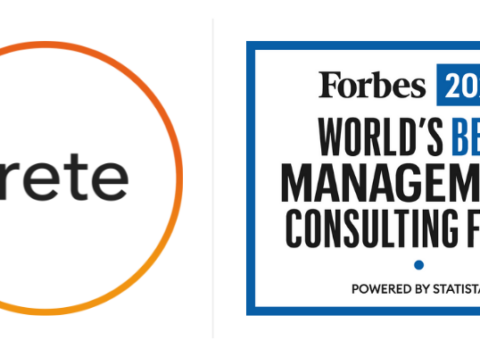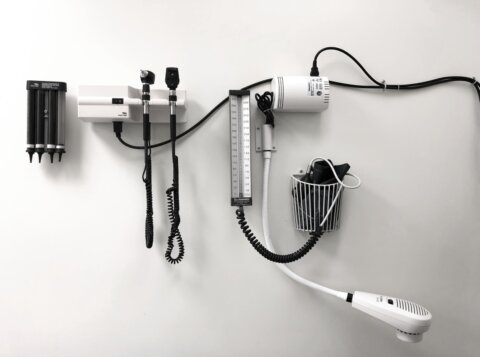The Value of Healthcare IT Governance
Healthcare organizations rely on efficiency, which directly results in quality care, fiscal responsibility, and overall process improvement. There is also continuous change, reform, decision-making, response to regulatory conditions, and improvements in medical and information technology. Almost all these changes require information technology to realize. Thus, IT governance is a critical discipline in the face of finite, and often declining, resources. Being good stewards of financial and human resources for IT spend requires an optimum level of efficiency. The speed of change and the subsequent adoption can wreak havoc on this efficiency, and your IT governance framework is increasingly important to health systems’ success.
In this blog, we will break down the components of the health IT governance structure, questions you can ask yourself to gauge your current level of process maturity, and next steps you can take to kickstart the journey to optimal efficiency.
What is IT Governance?
IT governance is a formal framework that provides a structure for organizations to prioritize IT investments that support business objectives and align with enterprise standards. IT as a service is experiencing a spike in demand, and management of demand and supply is critical to ensure appropriate deployment of limited and critical resources.
Why Should Healthcare Systems/Providers Focus on Optimizing IT Governance?
IT governance focuses on the stewardship of enterprise resources by strategically aligning IT resources – people, hardware, software, services – with the clinical and business goals of the organization. Without appropriate operational oversight and a defined process for evaluating IT initiatives, there is no clear understanding of the priority of projects, project implementation accountability, and unknown resource availability. Often, this leads to the IT department making decisions on things they will do – decisions they are neither fully informed of nor comfortable making.
Questions to Think About When Addressing Your System’s IT Governance:
- Are IT efforts, strategies, processes, and initiatives consistently aligned with the strategies of the system?
- Are the investments you make in the right IT projects occurring at the right time for the betterment of your workflows?
- Do IT efforts have associated KPIs and are these tracked over time?
- Are all key stakeholders appropriately involved in the prioritization and approval process of proposed IT initiatives?
- Are you effectively measuring electronic health records (EHR), IT staff utilization and deployment in order to understand existing and forecasted supply?
- Are you consistently meeting internal IT service levels?
- Is the entire process – submission, estimation, approval – transparent to end users, management, and executives?
- Are in-flight IT projects still producing their intended value? Or are they never reviewed after approval and set in motion?
7 Paths to Optimal IT Governance Processes
- Improve initial intake process for efficiently managing demand for IT Services and short-circuit requests that have little chance of being approved or implemented
- Develop and utilize a standard business case to describe impact and effort for demand that can be used to compare all requests and prioritize those providing the most value for the effort required
- Reconstitute membership and charter for IT governance committees, so that operations will lead, and IT can advise
- Define multiple approval paths that can accommodate emergency needs, risk/compliance/safety requests, growth projects, and operational improvement requests
- Assign dedicated IT support for operational and clinical areas, so that operations has a single point of contact, and IT knows better the area they support
- Improve IT resource tracking so that current and forecasted IT resource supply is well understood
- Create and document the entire process – from request to implementation and beyond – so that requesters are aware of status, and the organization continues to encourage and efficiently manage IT demand
Overall, in today’s ever-changing environment, the healthcare industry is facing a plethora of challenges. Consumer satisfaction, effective patient care, regulation compliance, cost-efficiency, and overall quality are few of the many priorities that both health systems and providers are dealing with. IT will likely enable all of these. Focusing on IT governance and finding a balanced solution tailored to your specific needs is the key to a smoother, more efficient experience for everyone.
































































